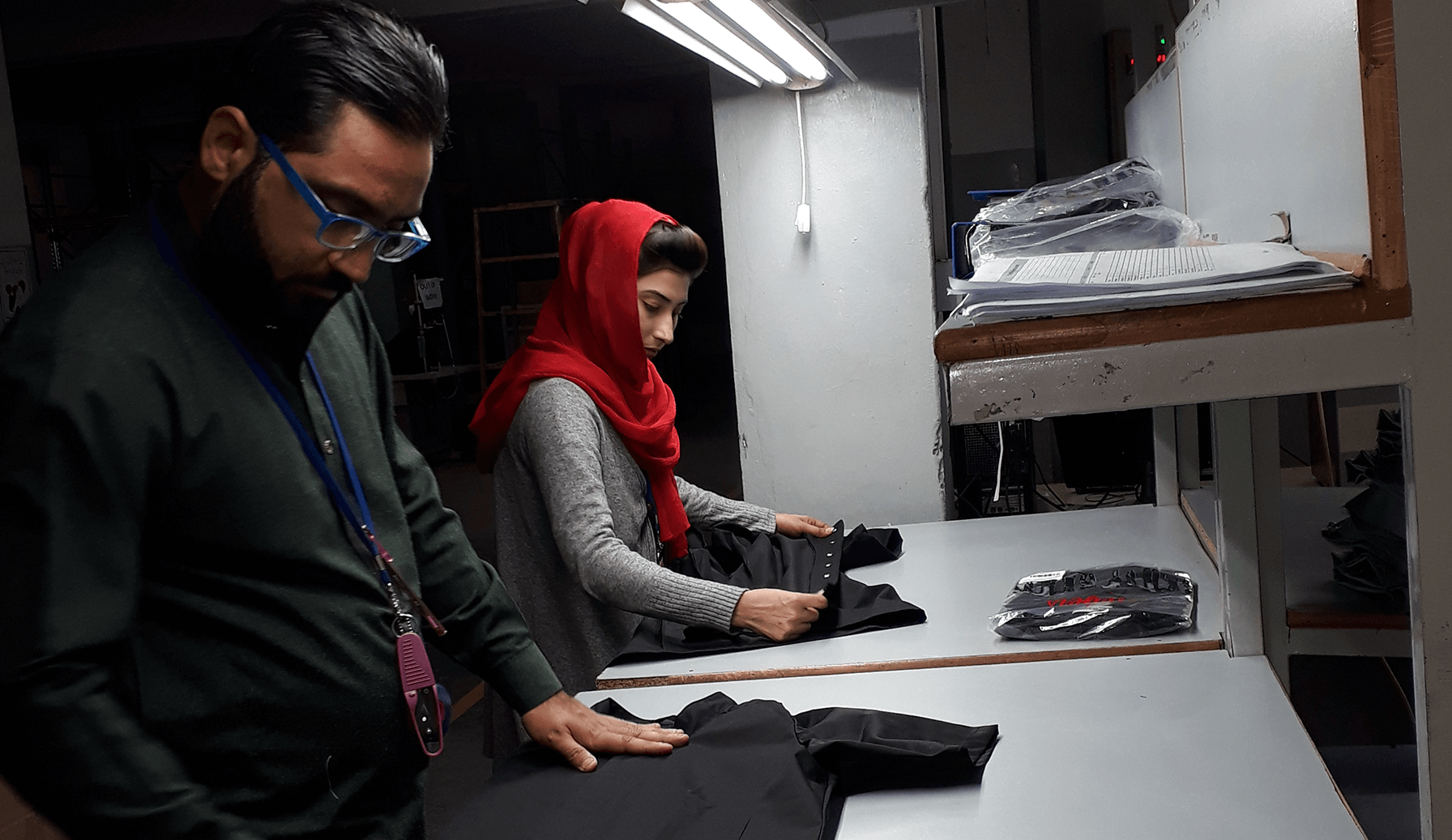Clothing production in Asia has long been associated with rumors of poor working conditions and low wages. At Segers' factory outside Lahore in Pakistan, there has been a long struggle to break this image and create a humane working environment more similar to that in the Western world.
For several years now, Segers has operated its own textile production outside Lahore in Pakistan. The facility accommodates 500 employees and complements Segers' previous production units in Estonia and Ukraine.
What do customers say about the clothes being produced in Pakistan?
Recent years' media reports and documentaries, especially from Bangladesh, have caused Pakistan to also gain a questionable reputation. That is how news segments work; people remember the images and easily generalize. Certainly, there are questionable workplaces in both these countries, but there are also many textile factories that take responsibility and work to ensure employees have a sustainable working life.
How does Segers work with its unit in Pakistan?
It can be summarized as trying to implement our values about how a humane and safe workplace should function, while respecting Pakistani culture and their way of life. It is a balancing act, and some decisions are harder than others.
Who works in the factories?
The textile industry in Pakistan is generally dominated by men. At Segers' factory, it is the opposite; the women who work there are young, usually between 18 and 21 years old. Then they often leave working life because tradition says the woman should stay home and take care of the children. At Segers' unit, we always try to be clear that women are welcome back when the children have grown up and are independent enough. But it is also a tough choice for many women. In some families, the husband and relatives believe the woman should not work but take full responsibility at home, and the consequences can be difficult for her if she thinks differently. How much should a Western company push and try to change Pakistani culture? How can we support?
What is your reasoning?
I believe it becomes easier for the woman to have the discussion at home when almost all colleagues at the workplace return after the child-rearing years. Together they become stronger. At our factory, for example, 96 percent choose to come back after the years at home with the family. That figure is among the highest in all of Pakistan, as far as I know.
What other efforts do you make in Pakistan?
We have an HR manager on site, Adil Aamir, whom we work with. He is invaluable and brings many ideas as well as implements many changes on site. Among other things, we have a vaccination program where all employees are vaccinated against typhoid and hepatitis. The entire staff and their families are also entitled to healthcare through PESSI (Punjab Employees Social Security Institution). Through the Workers Welfare Board, we also pay contributions to the children's education, and these payments continue even if the seamstress chooses to resign. They also receive pension and life insurance. But the big problem is really illiteracy. When we launched and offered the workers these benefits, we thought everyone would be positive. But it turned out many felt hesitant about all the papers and documents because they cannot read. Many also have a completely different way of relating to time. They do not feel sick currently and think they do not need insurance. The idea of retiring in the future also feels very distant. They think their children will take care of them in the future.
How do you solve that?
Adil works to ensure everyone signs the papers and gains access to the benefits. One can also consider getting help from relatives who can read and thus convince the seamstress of the advantages. It is really the same as with returning to work after having children. The more who try and show it is possible, the more will follow.








